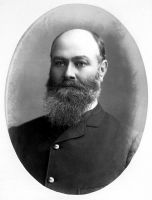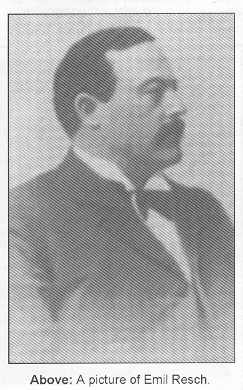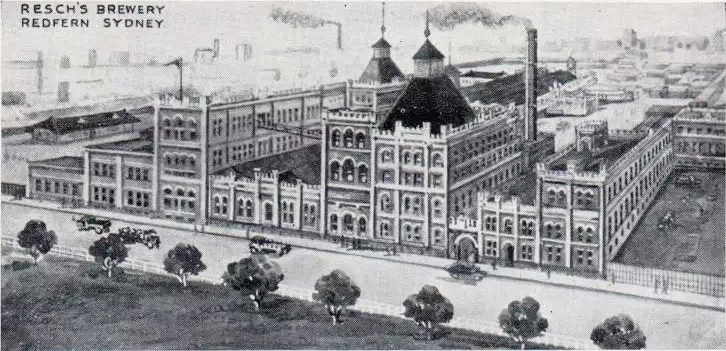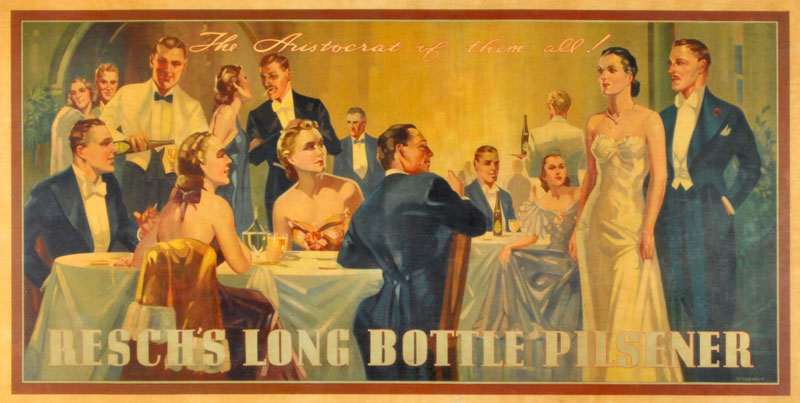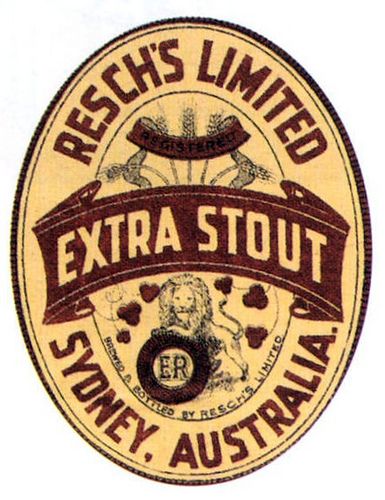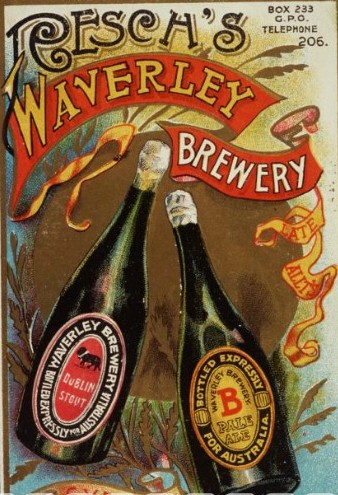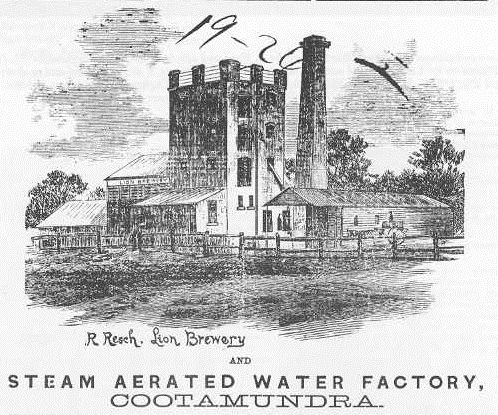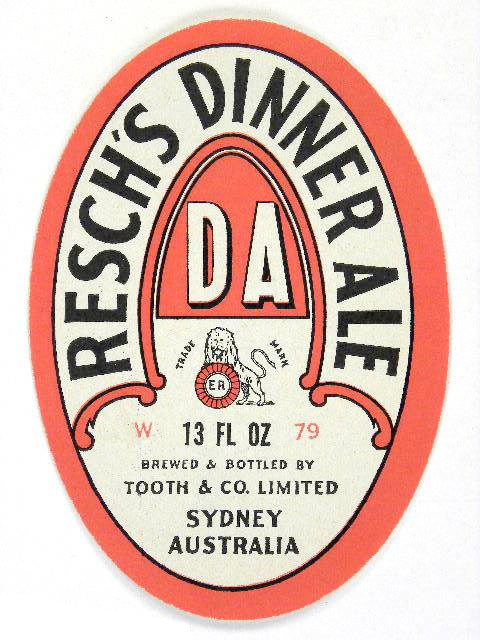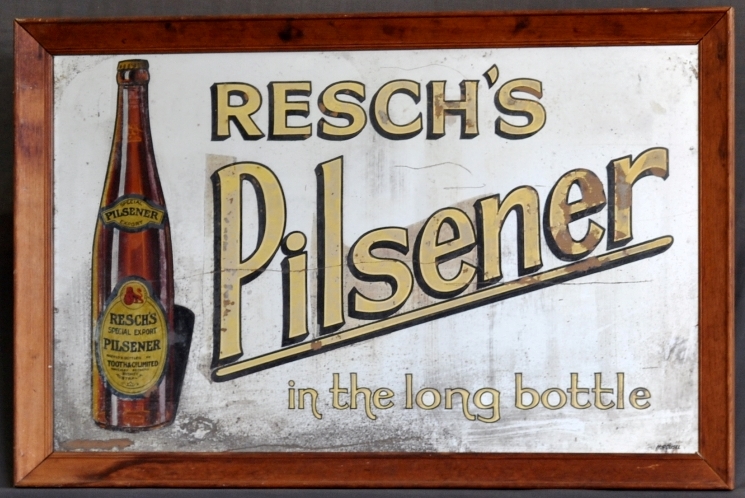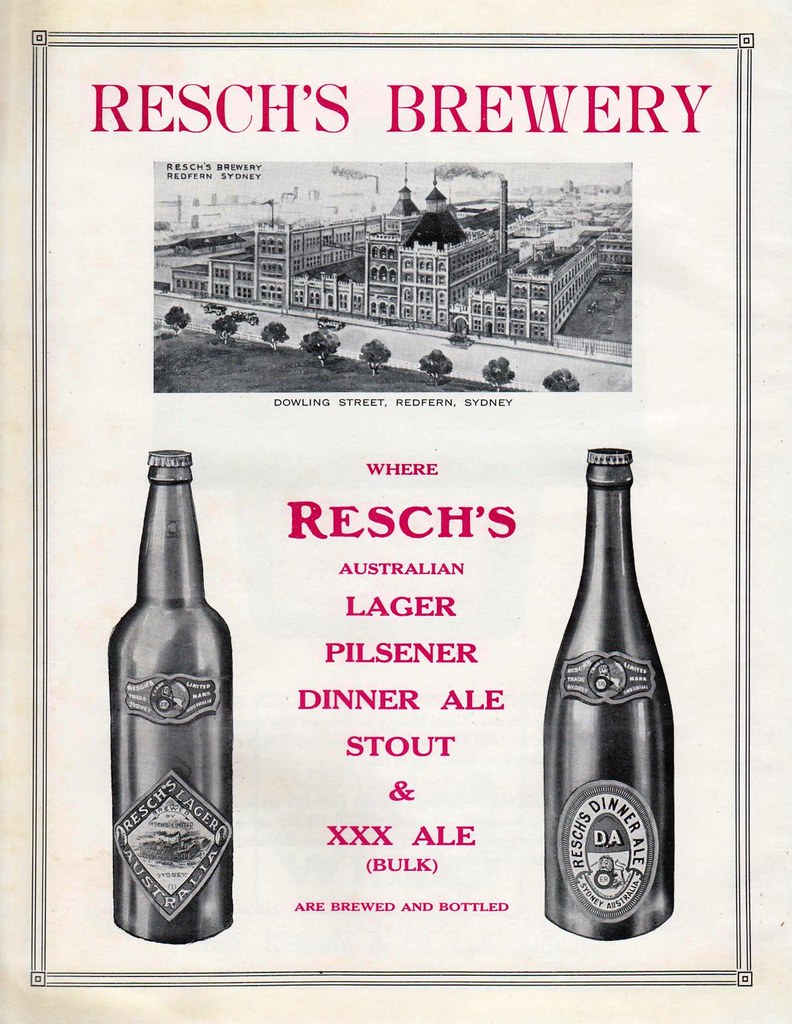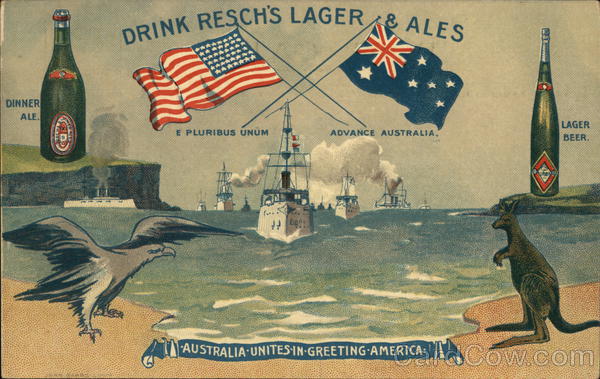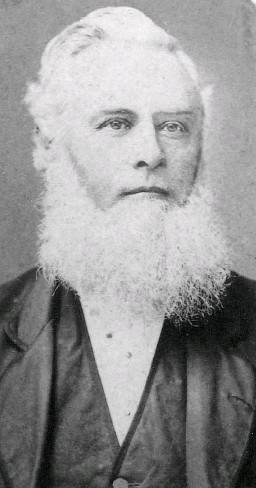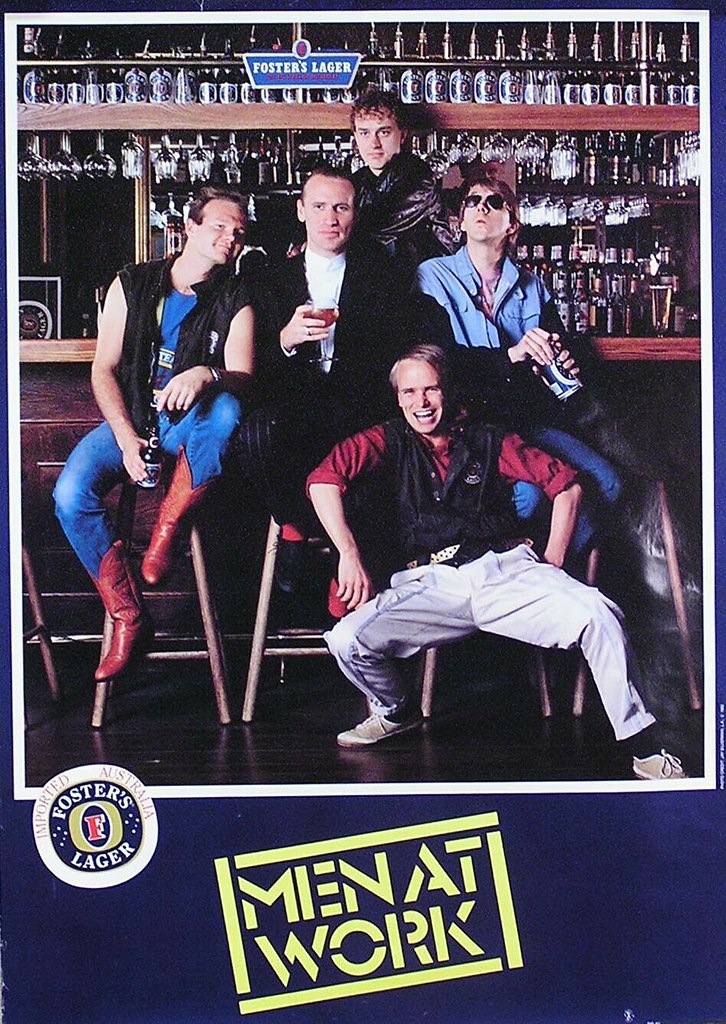
Today is the birthday of James Toohey (March 18, 1850-September 25, 1895). He and his brother John bought the Darling Brewery in Melbourne, Australia, and eventually it became known as Tooheys Brewery.
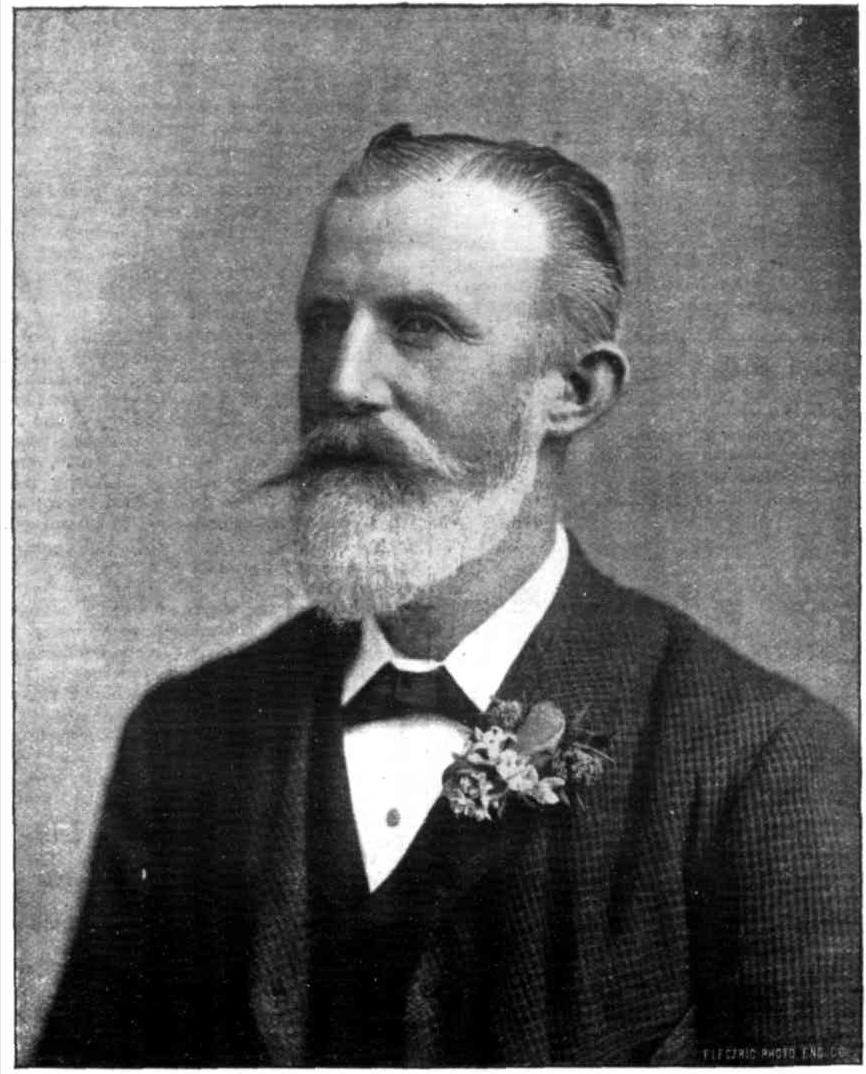
He was born in Melbourne to businessman Matthew Toohey and Honora Hall. He was a brewer, opening a business with his brother John in 1870 that eventually became Tooheys Brewery. On 5 June 1873 he married Catherine Magdalene Ferris, with whom he had twelve children. In 1885 he was elected to the New South Wales Legislative Assembly for South Sydney. He held the seat until he resigned in 1893. Toohey died at Pisa in Italy in 1895.

And here’s part of their early history from the brewery’s Wikipedia page:
Tooheys dates from 1869, when John Thomas Toohey (an Irish immigrant to Melbourne) obtained his brewing licence. Toohey and his brother James Matthew ran pubs in Melbourne (The Limerick Arms and The Great Britain) before moving to Sydney in the 1860s. They commenced brewing Tooheys Black Old Ale in a brewery in the area of present-day Darling Harbour. By 1875, demand for their beer had soared and they established The Standard Brewery in inner-city Surry Hills. In 1902, the company went public as Tooheys Limited, and commenced brewing lager (the present-day Tooheys New) in 1930. In 1955, the brewery moved west to Lidcombe. In 1967, Tooheys bought competitor Miller’s Brewers located in Taverner’s Hill, closing that brewery in 1975.
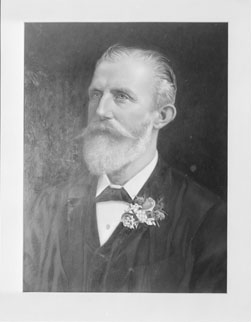
John Thomas Toohey (1839-1903) and James Matthew Toohey (1850-1895), brewers, were the sons of Matthew Toohey (d.1892), businessman, and his wife Honora (d.1878), née Hall. John Thomas was born on 26 April 1839 at Limerick, Ireland, and was taken to Melbourne by his parents in 1841. His father bought town lots and settled many Irish families in Victoria. One of the founders of the St Patrick’s Society in Melbourne, he was a political ally of (Sir) John O’Shanassy and (Sir) Charles Gavan Duffy. In the 1860s he was forced to sell at a loss; in 1866 he went to New South Wales and lived in virtual retirement. James Matthew was born on 18 March 1850 in Melbourne: he is said to have been named after Fr Matthew, the Irish apostle of temperance.
After unsuccessful business ventures in Victoria, New Zealand and Queensland, John settled near Lismore: later James had a property near Coonamble. About 1869 with W. G. Henfrey John set up an auctioneering agency and cordial manufacturing business in Castlereagh Street, Sydney; the next year the brothers began brewing at the Metropolitan Brewery and in 1873 they bought the Darling Brewery in Harbour Street. In 1876 they moved to new premises on the site of the old Albion Brewery in Elizabeth Street and began the Standard Brewery, employing twenty-six hands. Before 1880 imported beer was preferred to the local product, but in the 1880s Toohey’s and Tooth’s beers quickly became popular.
Vice-president of the Licensed Victuallers’ Association, in 1886 James was appointed to the royal commission on the excessive use of intoxicating drink, but withdrew when he felt the balance between local and anti-local optionists was upset. In evidence to the commission he said that ‘the system of shouting’ was the cause of all the excessive drinking in the colony and that beer was less injurious to health than ‘the ardent spirits’. He approved of the tied-house system and maintained that the 830 public houses in the Sydney metropolitan licensing district were not an excessive number, though there were a few too many in certain areas of the city.
Campaigning in 1885 for the Legislative Assembly seat of South Sydney, James claimed that the government’s action in sending troops to the Sudan ‘had resulted in a huge advertisement for the colony’. Favouring an elected Upper House, payment of members and the eight-hour system, he said he opposed local option and the abstinence party, as no Act of parliament could make a man sober. He represented the seat in 1885-93. A firm protectionist by 1887, he saw most free traders as ‘the curled darlings of the [Potts] Point and the merchants of Sydney’. He was a good speaker, if a little impetuous at times. According to the Sydney Morning Herald’s political correspondent in 1887, he ‘rolls the letter “r” beautifully, he drops his voice down to sweet whisper, lifts it up to a palpitating splendour, and then rolls it over the solemn path of prophetic parlance’. Dissatisfied with Sir George Dibbs’s administration, he opposed him for Tamworth in July 1894, but polled poorly. Next year he visited Ireland, England and Europe. James died at Pisa, Italy, on 25 September 1895 and was buried in the Catholic section of Rookwood cemetery, Sydney. He was survived by his wife Catherine (Kate) Magdalene (d.1913), née Ferris, whom he had married at Parramatta on 5 June 1873; they had four sons and eight daughters. Probate of his estate was sworn at £133,623.
On James’s death, John and James’s eldest son, also named John Thomas, took over the brewery. John was a leading Catholic layman, benefactor to numerous Catholic charitable institutions and a financial supporter of the Irish nationalist movement. On Christmas Day 1888 Cardinal Patrick Moran invested him as a knight of the Order of St Gregory. A leader in the Home Rule movement, he was prominent in the erection of the monument over the grave of Michael Dwyer in Waverley cemetery in 1898. Well known in business circles, he was a director of several companies including the City Mutual Fire Insurance Co. Ltd. He lived first at Moira, Burwood, and later at Innisfail, Wahroonga, and assisted in the development of both suburbs. He stood for Monaro in the Legislative Assembly in 1880 but was defeated by Henry Septimus Badgery and (Sir) Robert Lucas Tooth. In April 1892 he was nominated to the Legislative Council, but he very rarely spoke. In September 1901 he gave evidence to an assembly select committee on tied houses. Next year the brewery became a public company, Toohey’s Ltd, with John as chairman; the vendors received 375,000 fully paid shares and £175,000 cash. The well-known advertising slogan and symbol ‘Here’s to ‘ee’ originated in 1894.
For health reasons John went on a world tour with his family in 1902. He died suddenly in Chicago on 5 May 1903 and was buried in the Catholic section of Rookwood cemetery, Sydney. On 26 August 1871 at St Mary’s Cathedral he had married Sarah Doheny who died in 1891 survived by two sons and three daughters. Toohey was survived by his second wife, a widow Annie Mary Murphy, née Egan, whom he had married in Auckland, New Zealand. His estate was sworn for probate at £275,215.
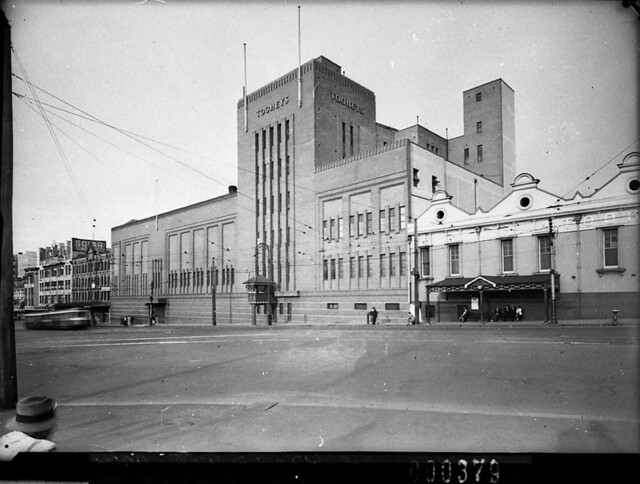
And this is a commercial that Tooheys produced that tells some of the history of the brewery.


